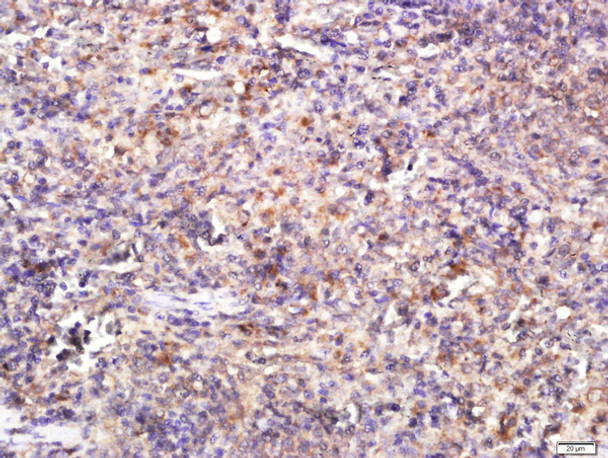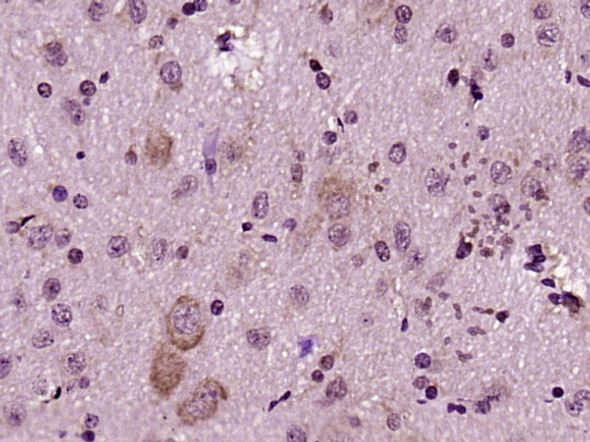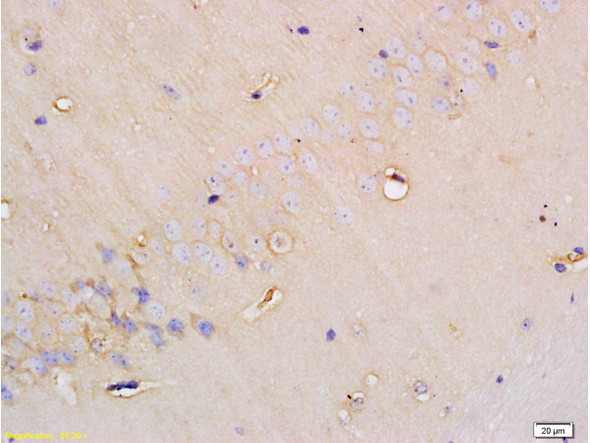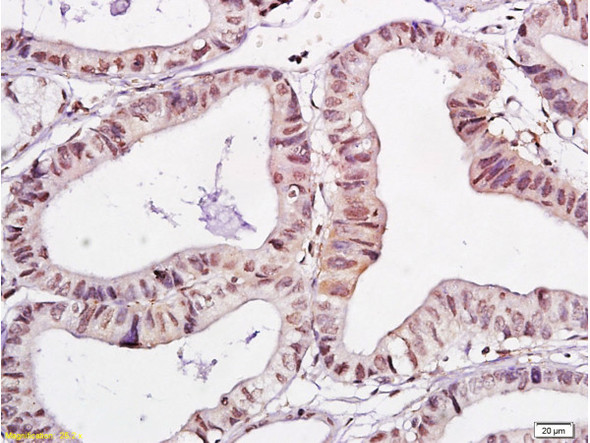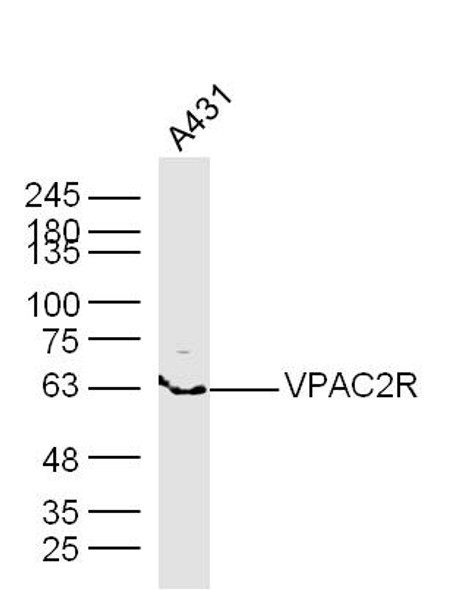Description
TLR4 Polyclonal Antibody | BS-20595R
Host: Rabbit
Target Protein: TLR4
Specificity: Mouse TLR4 has 75% homology to the antibody immunogen sequence
Immunogen Range: 121-200/839
Clonality: Polyclonal
Isotype: IgG
Entrez Gene: 7099
Swiss Prot: O00206
Source: KLH conjugated synthetic peptide derived from human TLR4
Purification: Purified by Protein A.
Storage Buffer: 0.01M TBS(pH7.4) with 1% BSA, 0.03% Proclin300 and 50% Glycerol.
Storage: Shipped at 4C. Store at -20C for one year. Avoid repeated freeze/thaw cycles.
Background:
Cooperates with LY96 and CD14 to mediate the innate immune response to bacterial lipopolysaccharide (LPS). Acts via MYD88, TIRAP and TRAF6, leading to NF-kappa-B activation, cytokine secretion and the inflammatory response (PubMed:9237759, PubMed:10835634). Also involved in LPS-independent inflammatory responses triggered by free fatty acids, such as palmitate, and Ni2+. Responses triggered by Ni2+ require non-conserved histidines and are, therefore, species-specific (PubMed:20711192). Both M.tuberculosis HSP70 (dnaK) and HSP65 (groEL-2) act via this protein to stimulate NF-kappa-B expression (PubMed:15809303). In complex with TLR6, promotes sterile inflammation in monocytes/macrophages in response to oxidized low-density lipoprotein (oxLDL) or amyloid-beta 42. In this context, the initial signal is provided by oxLDL- or amyloid-beta 42-binding to CD36. This event induces the formation of a heterodimer of TLR4 and TLR6, which is rapidly internalized and triggers inflammatory response, leading to the NF-kappa-B-dependent production of CXCL1, CXCL2 and CCL9 cytokines, via MYD88 signaling pathway, and CCL5 cytokine, via TICAM1 signaling pathway, as well as IL1B secretion. Binds electronegative LDL (LDL-) and mediates the cytokine release induced by LDL- (PubMed:23880187).

